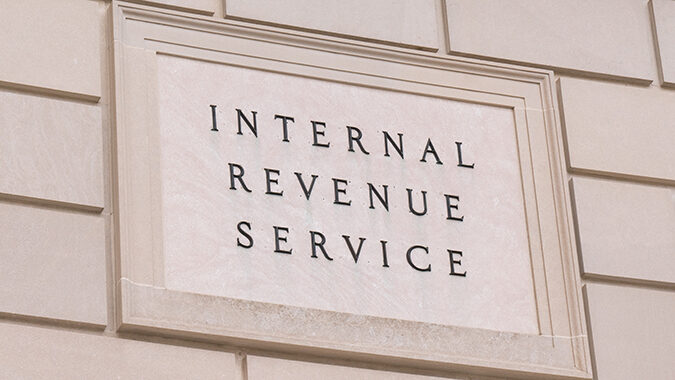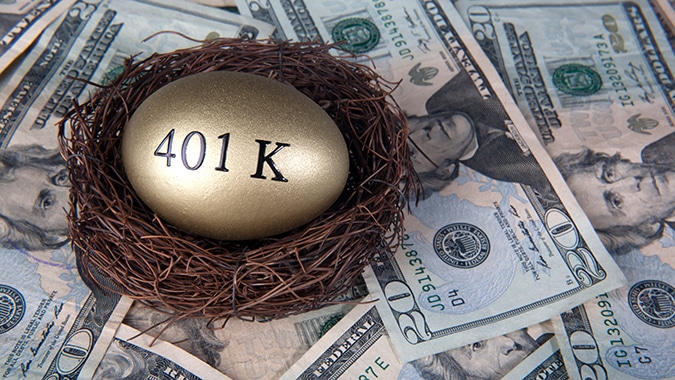The IRS on Thursday warned taxpayers to watch out for promotions involving exaggerated art donation deductions that target high-income filers, and also offered tips to avoid getting caught in a scheme.
There are legal ways for taxpayers to properly claim donations of art, but some unscrupulous promoters use direct solicitation to promise taxpayers art values that are too good to be true. These scams persuade high-income taxpayers to purchase the art, wait to donate the art, and then take an incorrect deduction for the art donated.
As part of a larger effort to increase compliance work on high-income individuals and corporations, and protect taxpayers from scams, the IRS has active promoter investigations and taxpayer audits underway, the agency said.
"Creativity in art is a beautiful thing, but aggressive creativity in art donation deductions can paint a bad picture for people pulled into these schemes," said IRS Commissioner Danny Werfel. "There are legitimate ways to claim an art donation, but taxpayers should be careful to understand the rules and watch out for inflated values or questionable appraisals.”
How the scheme works. Promoters encourage taxpayers to buy various types of art, often at a "discounted" price. This price may also include additional services from the promoter, such as storage, shipping and arranging the appraisal and donation of the art. The promoter promises the art is worth significantly more than the purchase price.
These schemes are designed to encourage purchasers to donate the art after waiting at least one year and to claim a tax deduction for an inflated fair market value, which is substantially more than they paid for the artwork. Promoters may suggest taxpayers donate art annually and allow them to buy a quantity of art that guarantees a specific deductible amount. Promoters may even arrange for appraisals and for certain charities to take the donations.
The IRS has multiple active abusive art donation promoter investigations underway and questionable art donations by taxpayers are under audit when questions arise. More than 60 taxpayer audits have been completed thus far, resulting in over $5 million more in additional tax.
Taxpayers should watch for red flags and be wary of buying multiple works by the same artist that have little to no market value outside of what the promoter might be advertising. For more information on how to properly claim an art donation on tax returns, go to the IRS website here.




